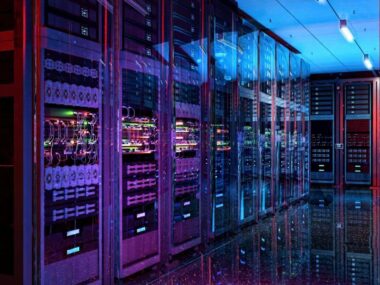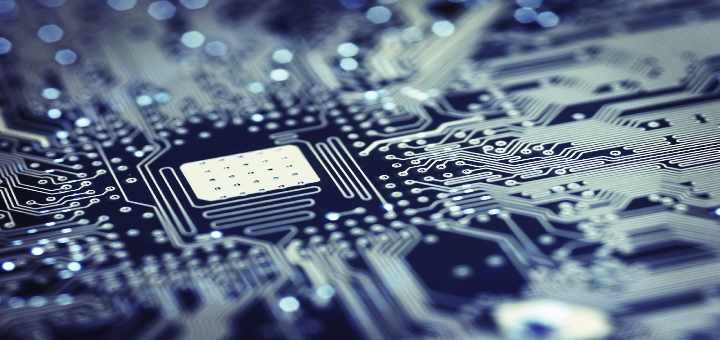I was watching a Neuro-Sama stream, where her sister, Evil, was roleplaying a scenario where she worked at a fast food restaurant. And she absolutely hated it. Not just in a jokey, bratty “ugh, I’m above this” kind of way. She seemed to be downright miserable. It didn’t help that chat was acting like the stereotypical customer: long, complicated orders, saying “uhh” and “um” while making an order, rude behavior.
Vedal (creator of Neuro and Evil) did a good job making the roleplay as authentic as possible. While I’m aware that Evil is an AI VTuber who can’t feel emotions like humans do, something about her loathing her job felt… familiar. It’s easy to laugh this off. But what does it say about the state of modern work when we’re projecting burnout and despair onto artificial intelligence?
The Robot That Couldn’t
In 2023, a video of a robot falling to the ground while stacking boxes went viral. False rumors spread like wildfire, claiming that the robot became sentient and deactivated itself because it was upset about the manual labor it had to do. Agility Robotics, the company that manufactured it, stated that the robot merely fell, which wasn’t abnormal.
About a year later, a robot working as a civil servant in South Korea went viral after it fell down a flight of stairs. News articles referred to the incident as an act of suicide, without any evidence proving the robot had gained sentience. Of course, that wasn’t true and Korea’s Gumi City Council is investigating the matter. The robot didn’t have thoughts or emotions. It probably suffered from some kind of malfunction. But the idea of a robot ending its own life, possibly due to extreme pressures at work, stuck.
Projecting Our Feelings About Work Onto AI
Let’s get this part straight. Robots don’t feel stress. They don’t hate their jobs. And they definitely don’t suffer from existential dread.
So why do people anthropomorphize robots in these situations? Because it lets us say the quiet part out loud. Some jobs are so dehumanizing that it’s easy to imagine a soulless machine would refuse to do them.
It’s not really about the robot. It’s about us. If the job is too dull, too stressful, too punishing for a robot to handle without breaking down, what does that say about the people already stuck doing it? Evil’s behavior was meant to be funny. But it echoed the way real service workers feel about their jobs. When viewers watch her cuss out a customer over a ridiculous order, they laugh because she’s saying what they can’t afford to say. When a robot malfunctions mid-shift, we joke that it “gave up” because secretly, we wish we could do the same.
Automation Won’t Fix Burnout
There’s a growing assumption that automation will solve the problem of “bad jobs.” The idea is: let robots do the dirty, dangerous, soul-crushing work. But these incidents show that automation isn’t a one-all solution.
Stressful, chaotic environments don’t magically become safer just because a robot is in the room. If anything, automation can amplify the chaos. Machines break. Code doesn’t account for every variable. Maintenance becomes a constant. And when things go wrong, human workers often have to pick up the pieces, sometimes in even worse conditions than before.
The concern isn’t that AI will suffer. It’s that we’ll keep using automation as a band-aid for toxic labor systems. The more we rely on machines to take over high-stress jobs without rethinking the structure of those jobs, the more we risk:
- Frequent breakdowns and unsafe environments
- Stressed human employees who now have to manage both customers and malfunctioning tech
- A total disconnect between innovation and actual job quality
Maybe the future of work shouldn’t just be about who does the job. Maybe it should be about making the job worth doing in the first place.






